Understanding 3G Signal Repeaters
3G signal repeaters, often referred to as signal boosters or range extenders, are devices designed to enhance mobile network coverage. These devices are particularly useful in areas where 3G signal strength is weak or inconsistent. By amplifying the existing signal, a 3G signal repeater can provide a more reliable connection for voice calls and data services.
Types and Compatibility
When selecting a 3G signal repeater, compatibility with your existing network setup is crucial. Repeaters are designed to work with specific frequencies, such as 2.4GHz, which is a common band for 3G networks. It's important to match the repeater's frequency with that of your router to ensure seamless connectivity. Additionally, security encryption compatibility, such as WEP or WPA, must be considered to maintain a secure network environment.
Applications and Advantages
The primary application of a 3G signal repeater is to extend the coverage area of a 3G network within buildings or in rural locations. This is particularly advantageous for ensuring uniform internet access across large spaces, eliminating dead zones, and enhancing the overall user experience. The benefits of using a signal repeater include improved signal strength, reduced dropped calls, and faster data transmission rates.
Features and Materials
A quality 3G signal repeater is characterized by its robust build and advanced features. These may include LED indicators for signal strength, automatic signal adjustment, and the ability to support multiple users simultaneously. The materials used in manufacturing these devices are typically designed for durability and longevity, ensuring they can operate effectively in various environmental conditions.
Selecting the Right Repeater
Choosing the right 3G signal repeater involves assessing the specific needs of your space and network. Factors to consider include the size of the area requiring coverage, the type of building materials involved, which can affect signal penetration, and the number of devices that will connect to the repeater. It's essential to review the technical specifications of potential repeaters to find a suitable match for your network's requirements.
Integration with Existing Networks
Integrating a 3G signal repeater into an existing network setup should be approached with a clear understanding of the network's architecture. The repeater should be placed in a location where it can receive a strong signal to amplify, which often means a central area within the desired coverage zone. Proper installation and configuration are key to ensuring that the repeater functions effectively and provides the intended coverage enhancement.
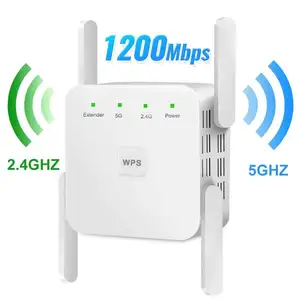


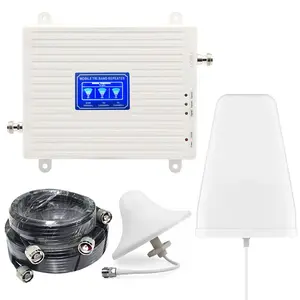

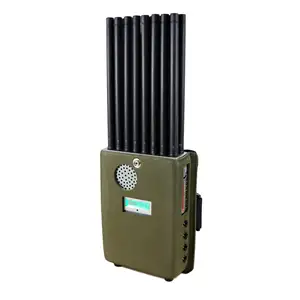

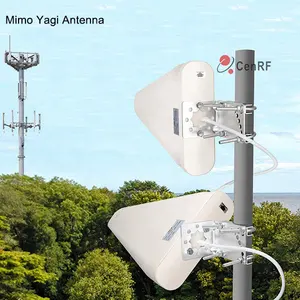

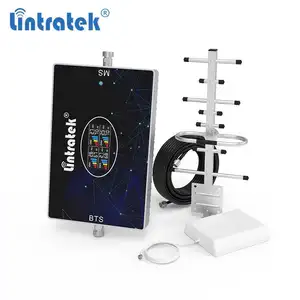






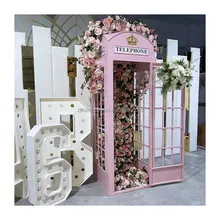



























 浙公网安备 33010002000092号
浙公网安备 33010002000092号 浙B2-20120091-4
浙B2-20120091-4